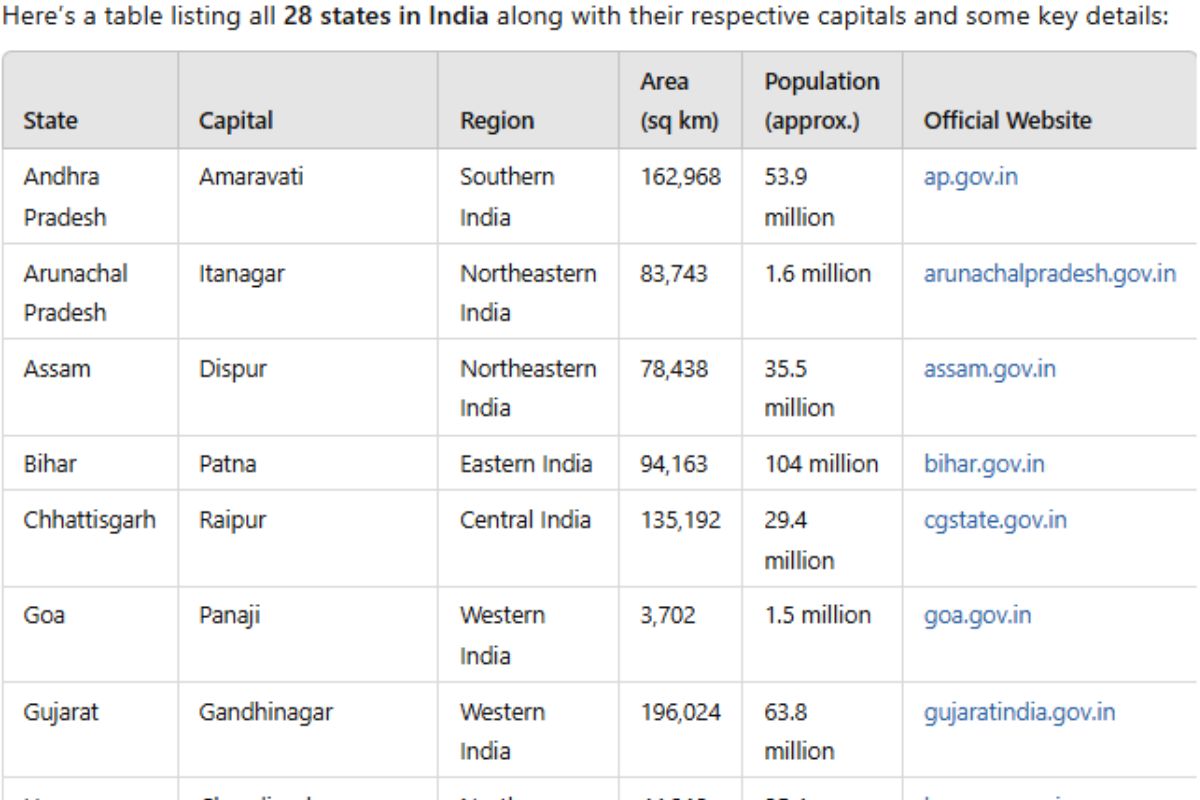Marginal Revenue Product (MRP) is an essential economic concept used by firms to determine the additional revenue they earn by employing one more unit of input, such as labor or capital. This concept is widely used in profit-maximizing decisions for businesses as it helps firms evaluate whether hiring additional inputs will add to their bottom line or not. In this article, we will explore the definition of MRP, the formula used for its calculation, factors that influence it, and its importance in the business world.
What is Marginal Revenue Product?
Marginal Revenue Product is the increase in total revenue that results from employing one additional unit of input while holding other inputs constant. MRP is closely linked to the productivity of the input and the revenue generated from selling additional output.
How is MRP Measured?
The Marginal Revenue Product can be calculated using the following formula:MRP=Marginal Product of Input (MP)×Marginal Revenue (MR)\text{MRP} = \text{Marginal Product of Input (MP)} \times \text{Marginal Revenue (MR)}MRP=Marginal Product of Input (MP)×Marginal Revenue (MR)
- Marginal Product (MP): The additional output generated by employing one more unit of input.
- Marginal Revenue (MR): The additional revenue a firm earns by selling one more unit of output.
Key Features of MRP
- MRP helps in understanding the value added by an additional input.
- Aids in determining how many units of input to hire or employ.
- A firm continues to hire inputs as long as the MRP exceeds or equals the cost of that input (e.g., wage for labor).
Factors Influencing Marginal Revenue Product
MRP does not exist in isolation; it is influenced by various factors that impact both the productivity of the input and the marginal revenue generated.
1. Market Demand for the Product
The MRP of an input is directly tied to the demand for the final product. A product that has higher demand will generate higher marginal revenue, which in turn increases MRP.
- High demand: Leads to a higher marginal revenue and, therefore, a higher MRP.
- Low demand: Reduces MRP as marginal revenue decreases.
2. Productivity of the Input
The more productive an input is, the higher the marginal product. For instance, a highly skilled worker or an advanced piece of machinery can produce more output, raising the MRP.
- Skilled Labor: Highly skilled employees generate more output, leading to a higher MRP.
- Technology: Advanced machinery or production processes increase productivity, boosting the marginal product and MRP.
3. Price Elasticity of Demand
If the product has elastic demand, a small change in price leads to a larger change in quantity demanded, impacting MRP significantly.
- Elastic Demand: More responsive to price changes, meaning that marginal revenue may vary more widely.
- Inelastic Demand: Less responsive, meaning that the marginal revenue and, thus, MRP may be steadier.
4. Substitutes for Inputs
If there are readily available substitutes for an input, it can impact the MRP. For example, if machines can easily replace labor, the MRP for labor may decrease.
- Substitutable Inputs: Reduce the MRP for labor or other inputs.
- Scarcity of Substitutes: May increase MRP for the input.
Importance of Marginal Revenue Product in Business Decisions
MRP plays a vital role in various business decisions, particularly in resource allocation and employment. Firms use MRP to determine how many workers to hire or how much capital to invest in production.
1. Hiring Labor and Wages
Firms hire workers up to the point where the MRP equals the wage rate. The wage rate is the cost of employing labor, and as long as the MRP is higher than or equal to the wage, it makes sense to hire more workers.
- If MRP > Wage: Firms hire more workers.
- If MRP < Wage: Firms may reduce their workforce.
2. Capital Investment
Just like labor, MRP helps firms determine the optimal amount of capital investment. Firms will invest in machinery or technology as long as the MRP justifies the cost of the investment.
- MRP > Cost of Capital: Firms invest in more capital.
- MRP < Cost of Capital: Firms may avoid further capital investment.
3. Resource Allocation
MRP helps businesses decide how to allocate resources efficiently between labor and capital. By comparing the MRP of different inputs, firms can allocate resources where they generate the most revenue.
The Relationship Between Marginal Revenue Product and Wages
MRP is closely related to wage determination in competitive labor markets. Employers base wages on the marginal revenue product of labor, which means that the more valuable a worker is in generating revenue, the higher their wage is likely to be.
1. Wage Rate and MRP
The wage rate typically reflects the value of the marginal revenue product of labor. Employers are willing to pay workers up to the value of their MRP.
- High MRP: Results in higher wages.
- Low MRP: Leads to lower wages.
2. Labor Market Equilibrium
In competitive labor markets, wages are set where the supply of labor meets the demand. At this point, the wage rate equals the MRP of labor.
Limitations of Marginal Revenue Product
While MRP is a helpful concept, it does come with certain limitations:
1. Imperfect Competition
In monopolistic or oligopolistic markets, firms may have pricing power that distorts the true value of MRP, leading to discrepancies in wage or input pricing.
- Monopoly Pricing: Can cause wages to be lower than MRP.
2. Measurement Issues
It can be difficult to accurately measure the marginal product for certain types of inputs, especially those that are intangible, like creativity or intellectual property.
- Non-Tangible Inputs: Harder to quantify, making MRP calculations less precise.
3. Dynamic Market Conditions
Market demand, technological changes, or new competitors can alter the value of MRP in unpredictable ways.
- Changing Market Conditions: Make it hard to rely on fixed MRP calculations.
Also Read : How to Use WhatsApp Web
Conclusion
Marginal Revenue Product is a critical tool for understanding the value generated by an additional unit of input in the production process. It allows businesses to make informed decisions about hiring, investing in capital, and resource allocation to maximize profits. By knowing the MRP of inputs, firms can optimize their production process and ensure they are not overpaying for labor or capital. However, it’s essential to consider MRP in context, as market imperfections and difficulties in measurement can limit its applicability.






